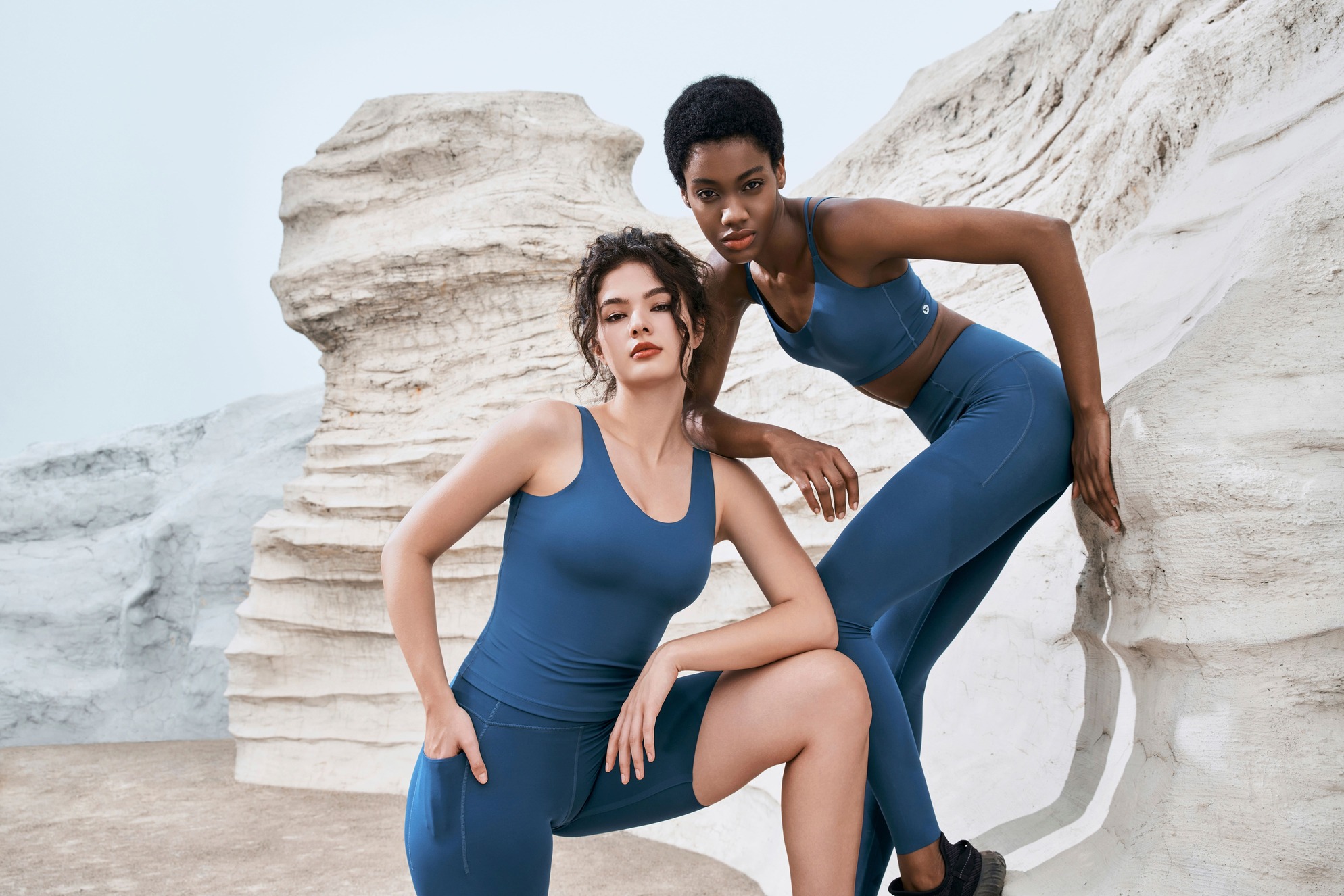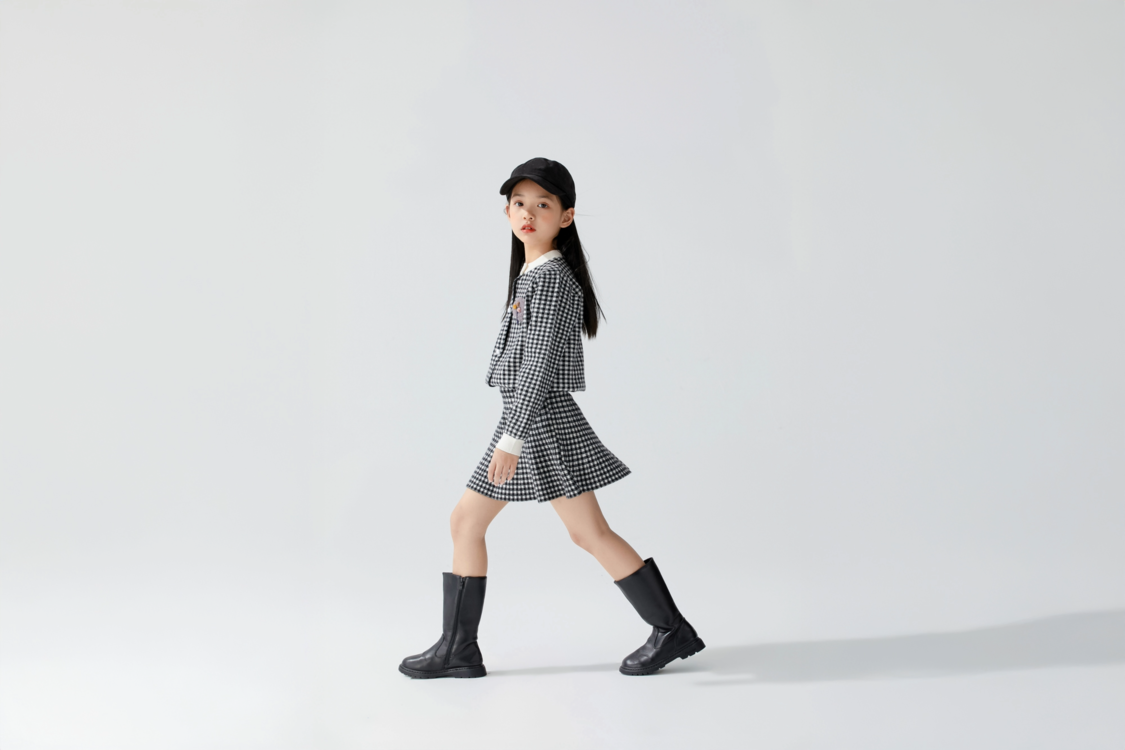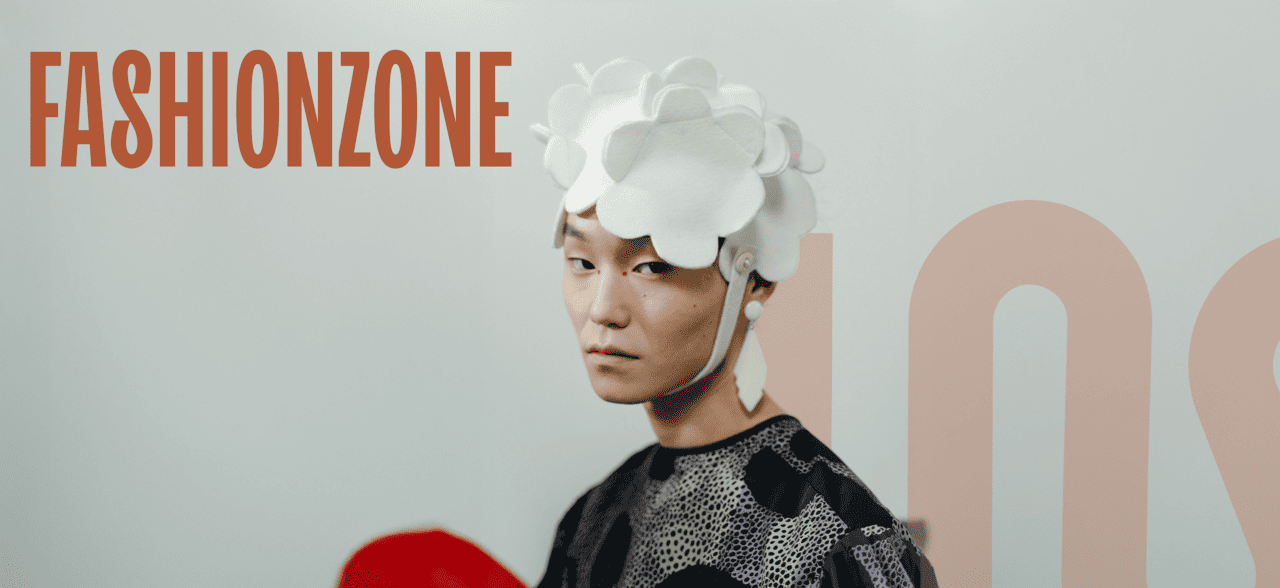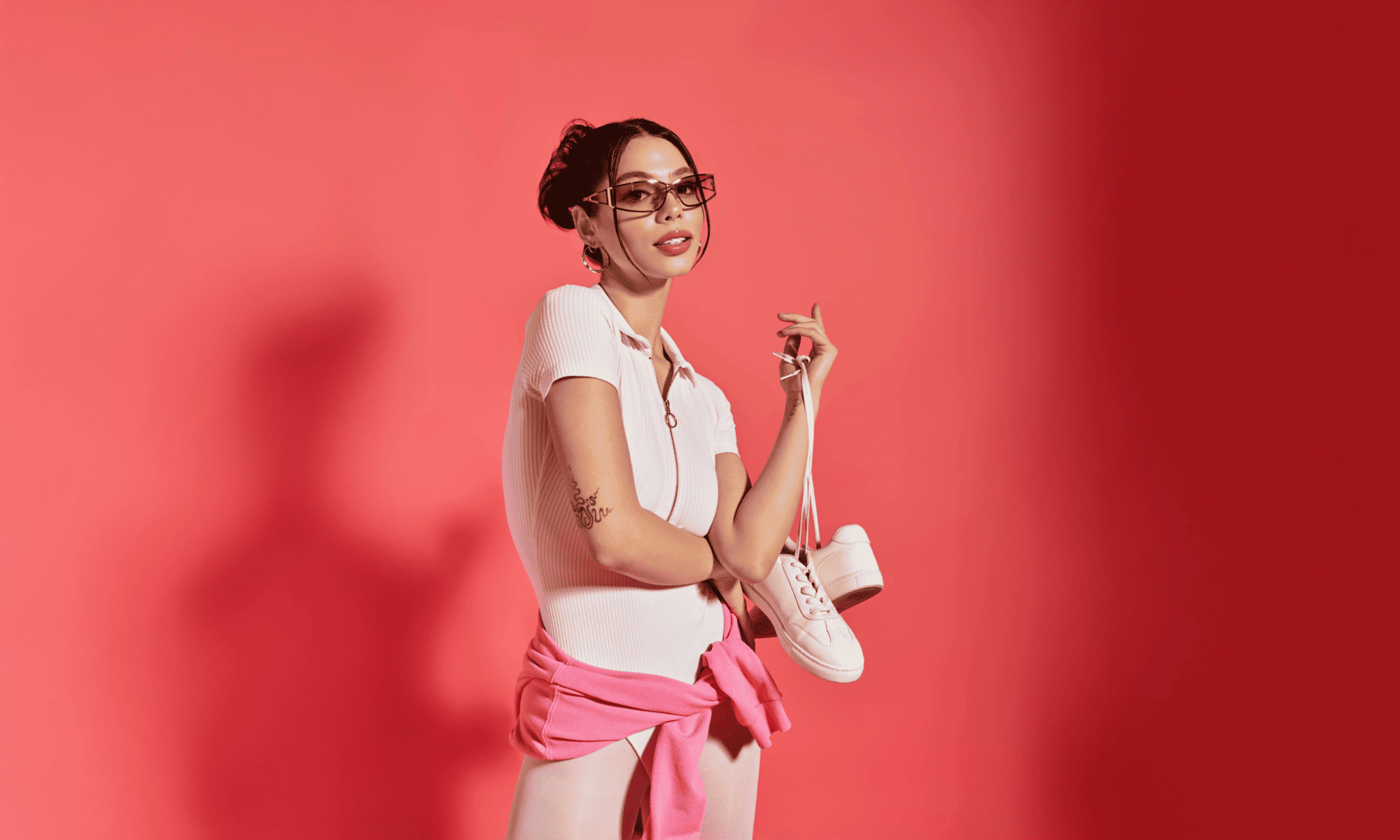June 2024
How Algorithms Shape Fashion Trends and Online Shopping
Ester Bazzanella

Most people would probably have a hard time explaining what exactly algorithms are, and yet, we’re all well aware that they’re impacting our lives. Like some kind of all-knowing, omnipresent force, algorithms seemingly know us better than we know ourselves, identifying and influencing what we listen to, what we watch, our opinions, and what we buy.
On one hand, this influence can be largely positive. Algorithms ensure that the content we consume and what we see online is driven by our likes. On the other hand, they can make it difficult to step outside of the boundaries of our established preferences. When algorithms are at play, it can be hard to distinguish if we truly like something or we’ve been subtly influenced to think we do.
In the world of fashion and online shopping, algorithms are at work in several different ways. Algorithms play a huge role in identifying fashion trends and determining how they emerge, evolve, and spread online.
For consumers, algorithms help make personalized recommendations and can improve the online shopping experience by helping shoppers pick out the right size. For fashion e-commerce stores, these same algorithms increase conversions, reduce abandoned carts, and decrease returns and exchange.
In this article, we’re going to take a look at some of the different ways algorithms are impacting the fashion landscape and the online shopping experience.
Let’s get into it!
Algorithms identify fashion trends
Algorithms are extremely effective at making predictions. They scour social media, fashion blogs, and online apparel stores to analyze patterns, keywords, and user interactions. When fed that data, they can identify emerging and predict future fashion trends.
By monitoring how users engage with content and products online, algorithms can determine the styles, colors, materials, and patterns that are becoming popular with consumers. They can also track search queries and browsing behavior to provide valuable insights into the changing preferences of shoppers.
For example, you can easily use Google Trends to see what people are searching for on Google. This can help in making decisions related to the season’s latest trend to stock or digital marketing strategies like SEO.
The data points analyzed can also help algorithms make accurate predictions about upcoming fashion trends. These predictions are fueled by historical data, which allow algorithms to identify recurring patterns and the trajectories of past trends.
The insights generated by algorithms are crucial to understand and anticipate market demands. They can help you position your brand for success and tailor your offerings to stay ahead of the curve.
Algorithms influence fashion trends
The role of algorithms in fashion is a two-way street. Yes, algorithms can identify fashion trends by analyzing consumer behavior online, but to what extent are algorithms influencing those same trends?
Algorithms ensure that trends gain widespread exposure across digital platforms. Whether through targeted ads on social media or curated recommendations on e-commerce websites, algorithms strategically position trending styles and products in front of consumers’ eyes.
But do shoppers truly like the trends being promoted online or are they simply falling victim to the vast amounts of exposure those same trends receive?
In a chicken and egg scenario, algorithms identify trends and then amplify the reach and popularity of those same trends. It’s a strange interplay between algorithmic influence and genuine affinity on the part of shoppers.
While some trends truly resonate with consumers’ tastes and preferences, the popularity of others may be thanks to their algorithm-driven exposure.
Fashion echo chambers
By promoting what’s already popular and what consumers already like, algorithms can create fashion echo changes. This might ultimately discourage experimentation and make it difficult for shoppers to be exposed to new styles and aesthetics.
Since content from influencers and brands with large followings and/or high engagement rates are prioritized, smaller designers, influencers, and trends can have a hard time gaining traction.
As an online retailer, if you want to stand out and break free from this algorithm-fueled fashion echo chamber, you need to look to new places for inspiration. Seek out inspiration from lesser known influencers, while stocking your inventory with more products from smaller, independent brands and fashion houses.
Personalized recommendations
Online, no one’s feed looks the same. The content, ads, and recommendations we see online are influenced by our individual browsing and shopping behavior.
While shopping online, users can see recommendations of products they’re likely to be interested in. By analyzing shoppers’ habits and past behaviors, algorithms can paint accurate pictures of their unique style preferences to make these recommendations.
This has a number of benefits for your fashion e-commerce store.
Firstly, personalized recommendations increase engagement. The more shoppers see garments they’re interested in, the more time they’ll spend browsing your store.
Personalized recommendations also increase customer experience and satisfaction. Customers feel like the store understands their likes and needs, making for a more positive experience.
And ultimately, by making sure shoppers have a good experience and see relevant garments, personalized recommendation algorithms help drive conversion and sales volume.
Size recommendations
Without the option to try clothes on before purchasing them, shoppers need to rely on size charts to pick out the right size. Size charts can be effective tools for shoppers to select the right size, but they require access to a measuring tape and knowledge of how to correctly take body measurements.
Through size charts alone, it’s also hard for shoppers to get a good idea of a piece’s fit and fall. Fortunately, algorithms can help resolve sizing issues with size recommendation tools.
Size recommendation tools, like our Size and Fit Advisor, use anthropometry-based algorithms to provide shoppers with personalized size recommendations.
Our tool collects body data and validates body mass distribution with precise estimates of up to 7 body measurements. All users have to do is enter their height, weight, and age, which the algorithm combines with product measurements to generate very specific size suggestions.
Recommendations are personalized for every shopper and include information about the best size to purchase and how they can expect different sizes to fit.
By reducing abandoned carts, returns and exchanges, and increasing conversions, size recommendations also positively impact your bottom line.
Algorithms have changed fashion forever
Algorithms can vastly increase the experience of shopping on your website, and you should be looking at any opportunity to use them to that end. In fashion e-commerce, providing a better experience translates into more revenue.
If you have an online clothing store of your own and want to learn more about how to provide your shoppers with an optimal experience when it comes to sizing, make sure to download our e-book about size charts.








